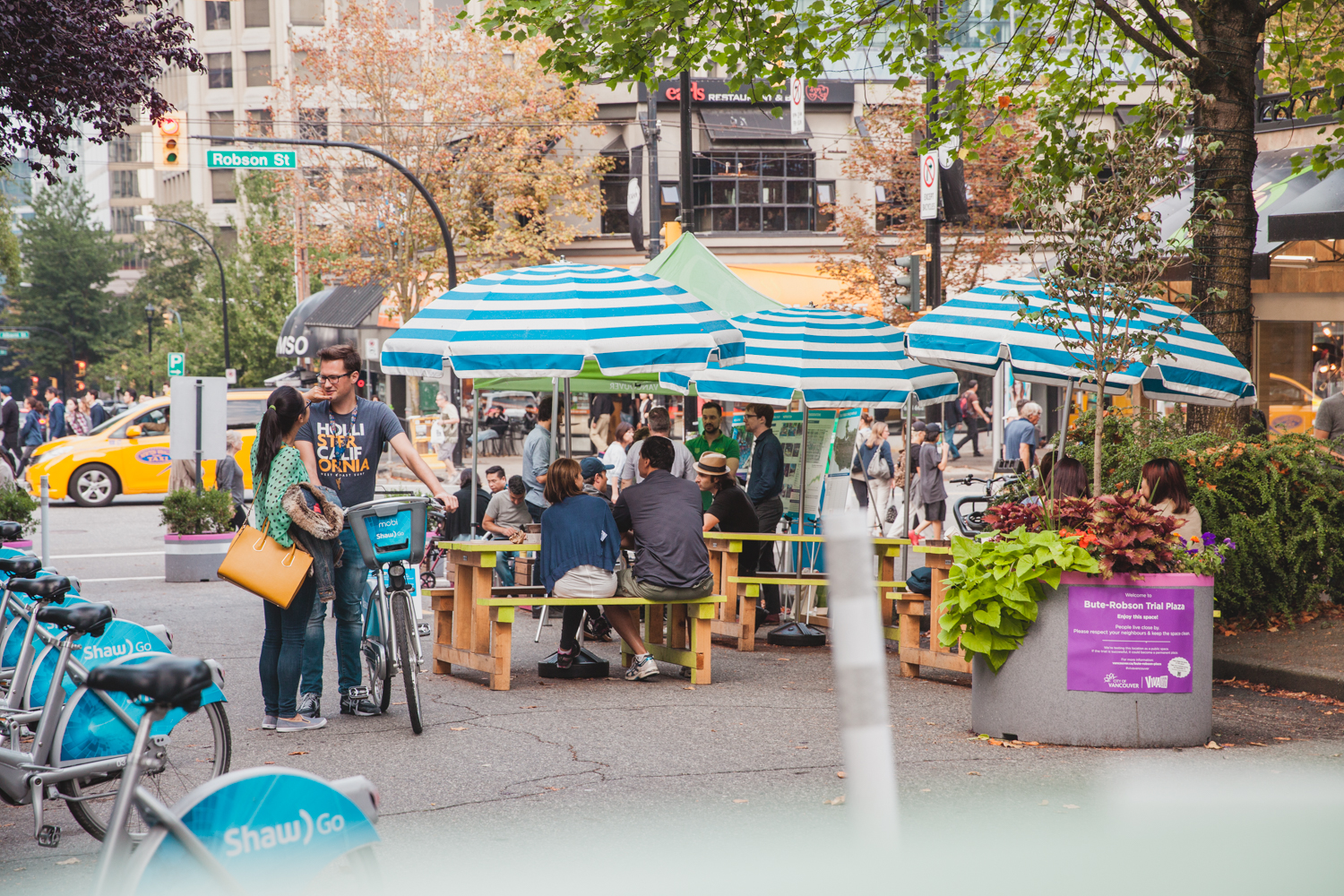
Vancouver, Canada | Wellbeing Cities Finalist 2021
mai 10, 2021 — Programmes
Vancouver, Canada
Wellbeing Cities Finalist
CITY OVERVIEW
Vancouver has a long history of progressive community participation and engagement and the city’s public spaces are where public life happens. These are places of daily interaction, play, rest, work, exploration and social connection. The high quality of livability and wellbeing in Vancouver is very much connected to its public spaces and public life. Successful public spaces foster health and sustainability, support local business, promote social engagement and connect people to their local communities.
Population: 680,000
Mayor: Mr. Kennedy Stewart
Language: English
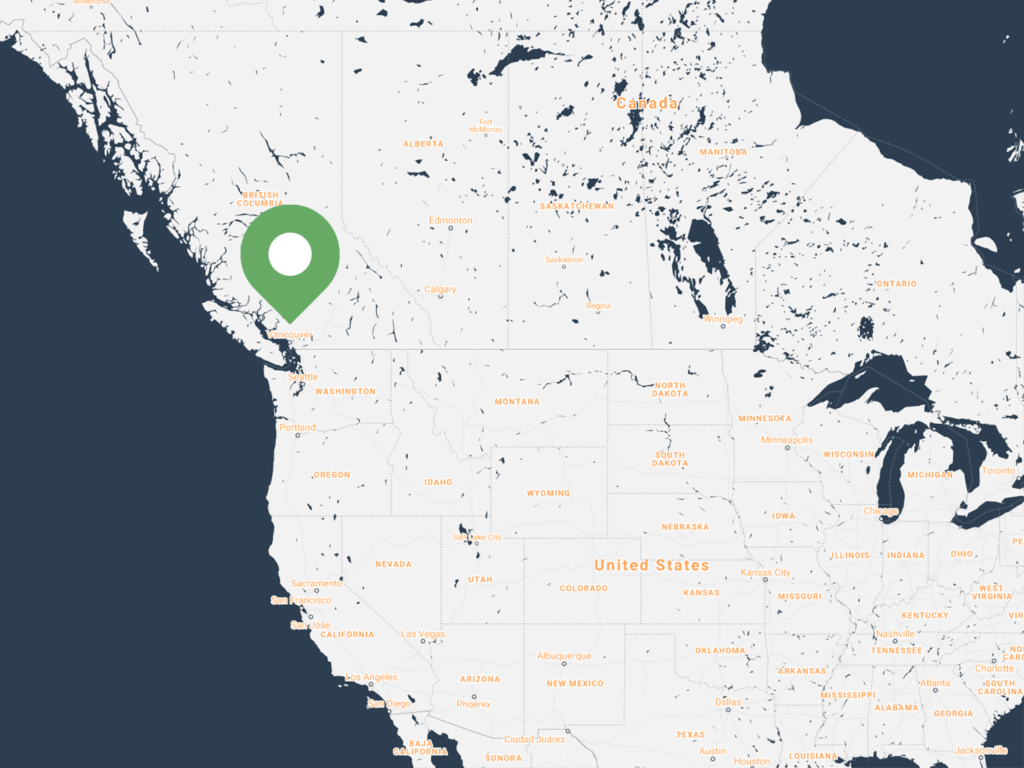

« The COVID-19 pandemic has shown us that accessible, inclusive public spaces in our cities are essential. Places for People Vancouver has created a new approach to public space planning with a focus on public life and people-centred design. This transformative approach starts with an understanding of equity and involves direct community participation to inform decision-making and investments in our city. As we develop a shared vision for our future, we can ensure that Vancouver continues to evolve as a great city for everyone. »
- Mayor Kennedy Stewart, City of Vancouver
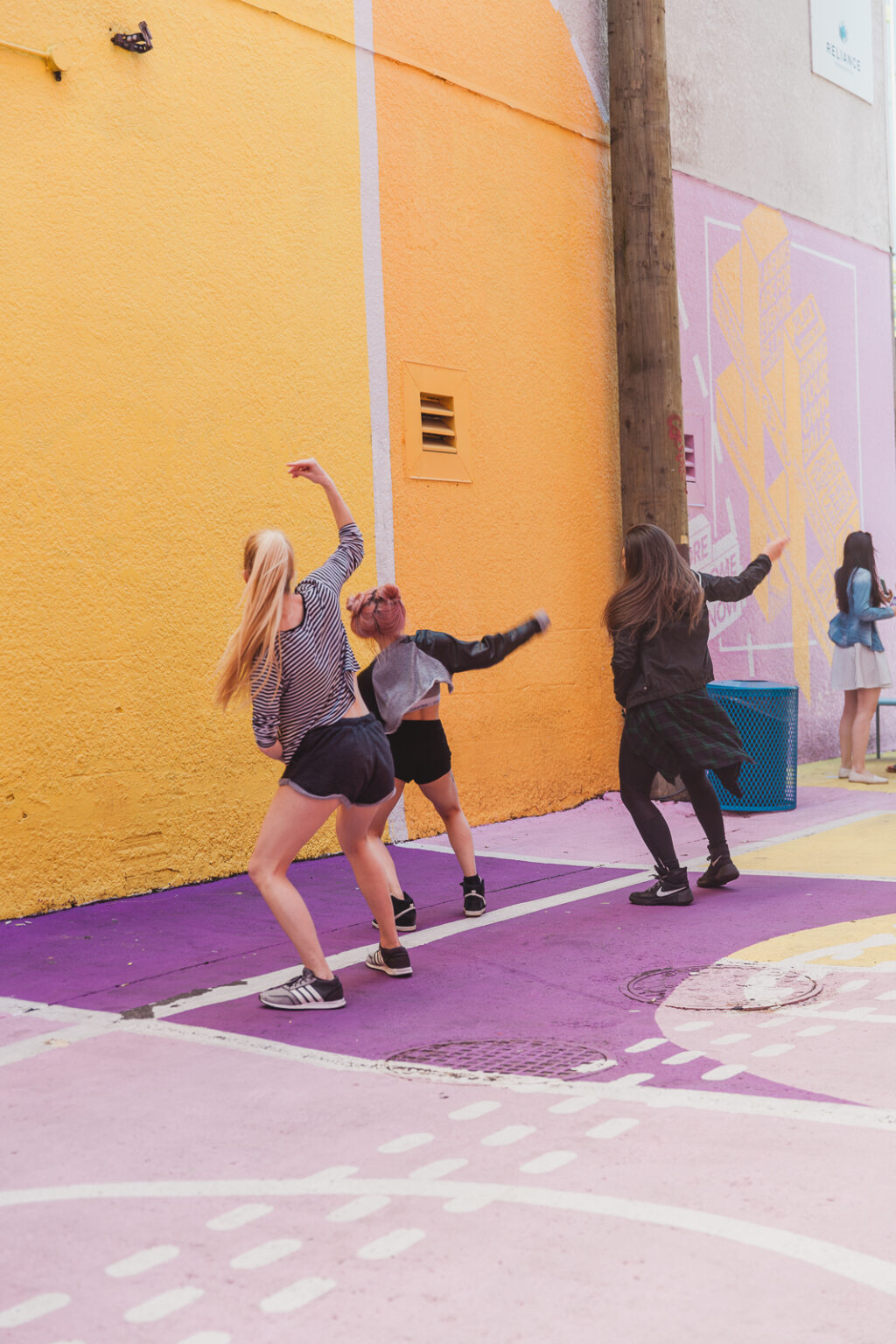
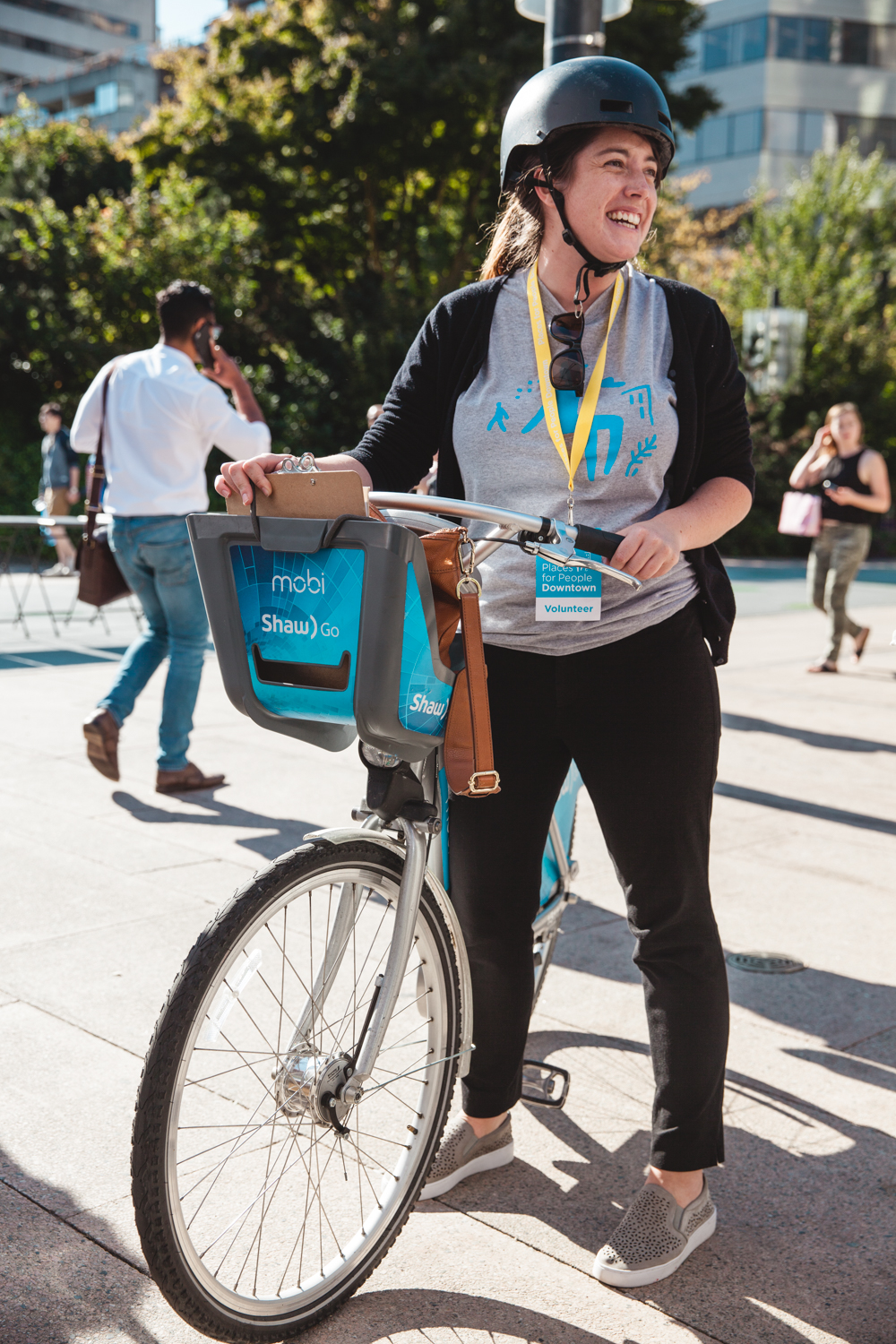
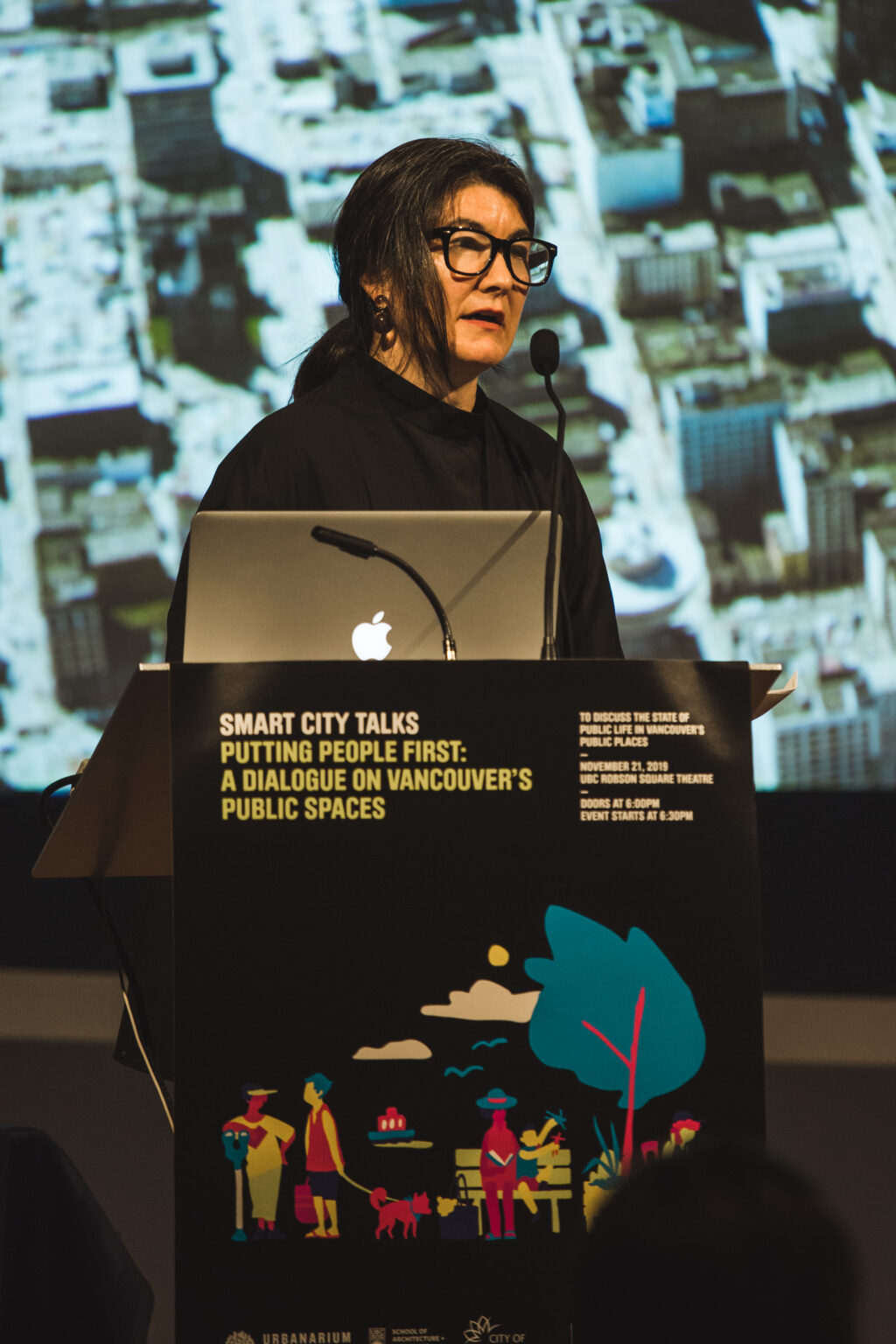
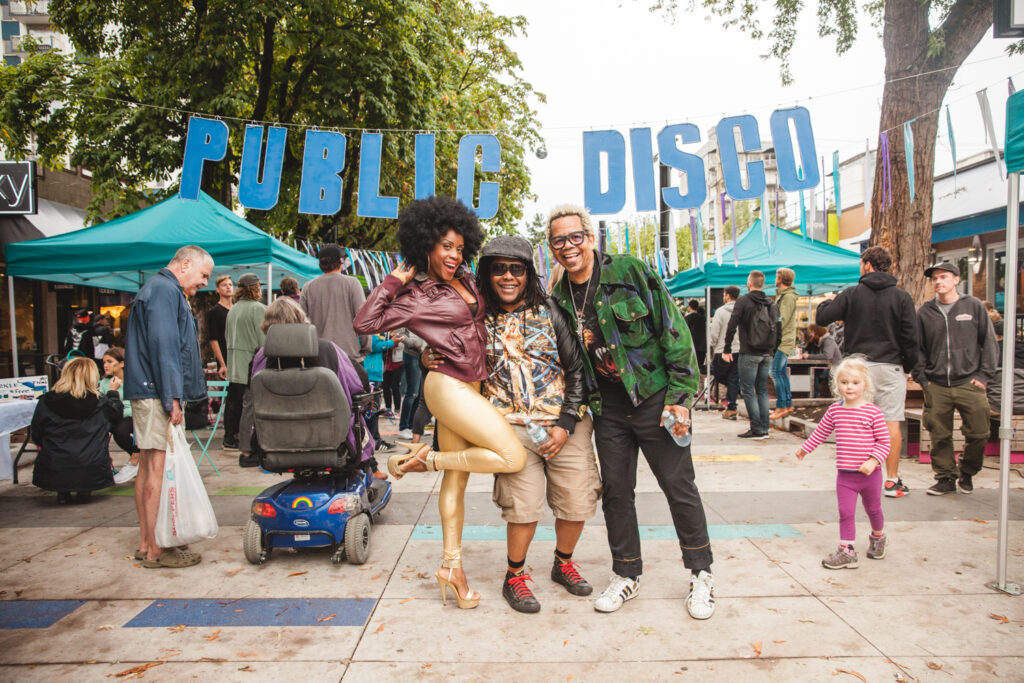
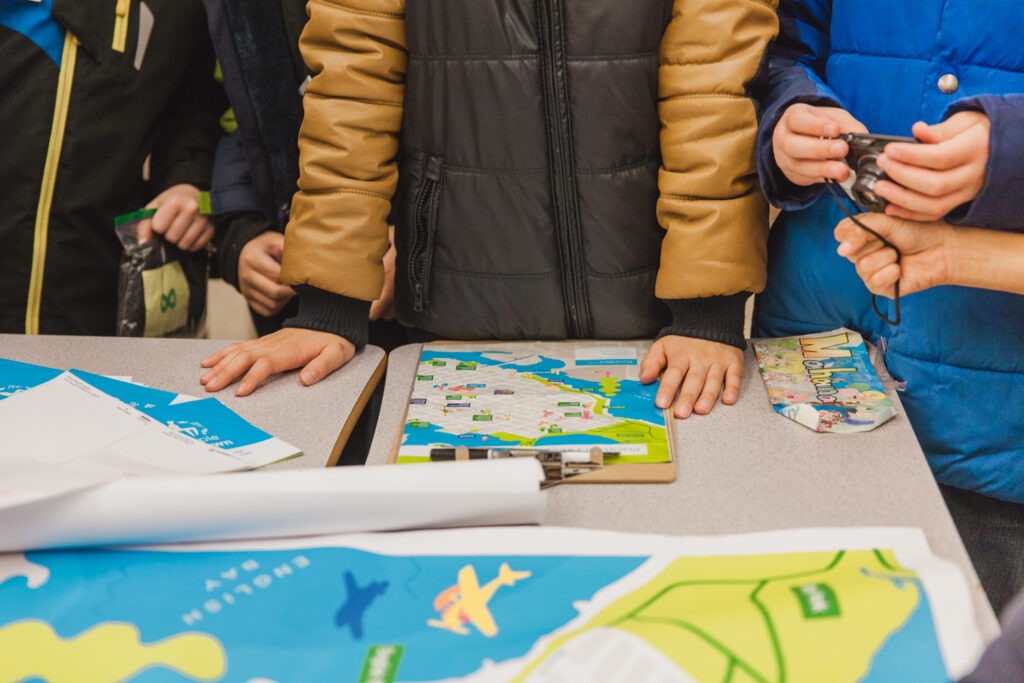

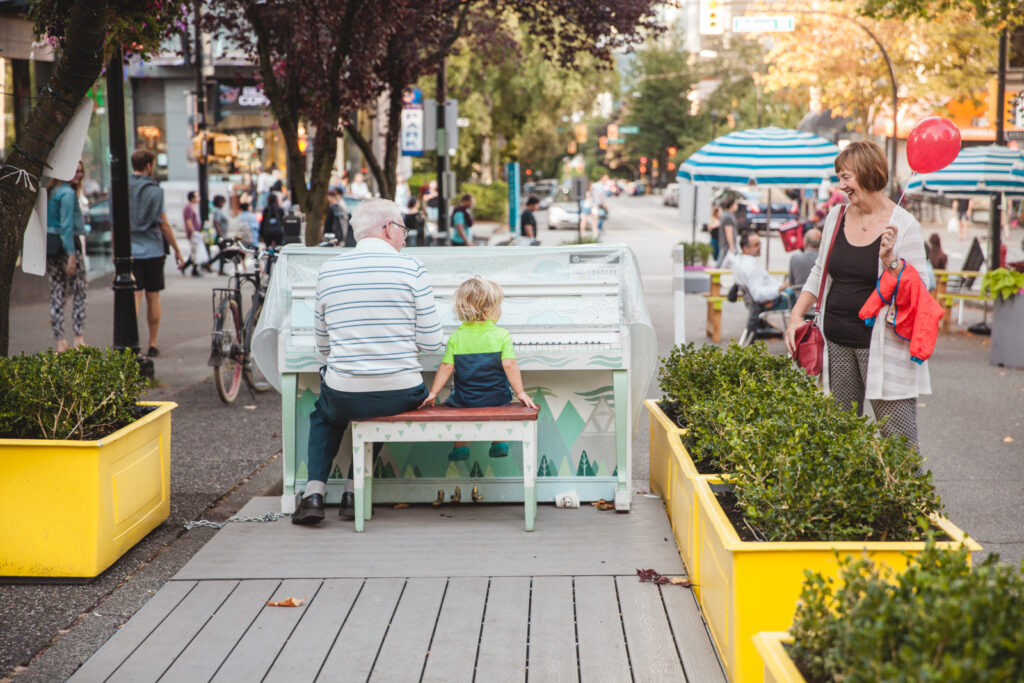
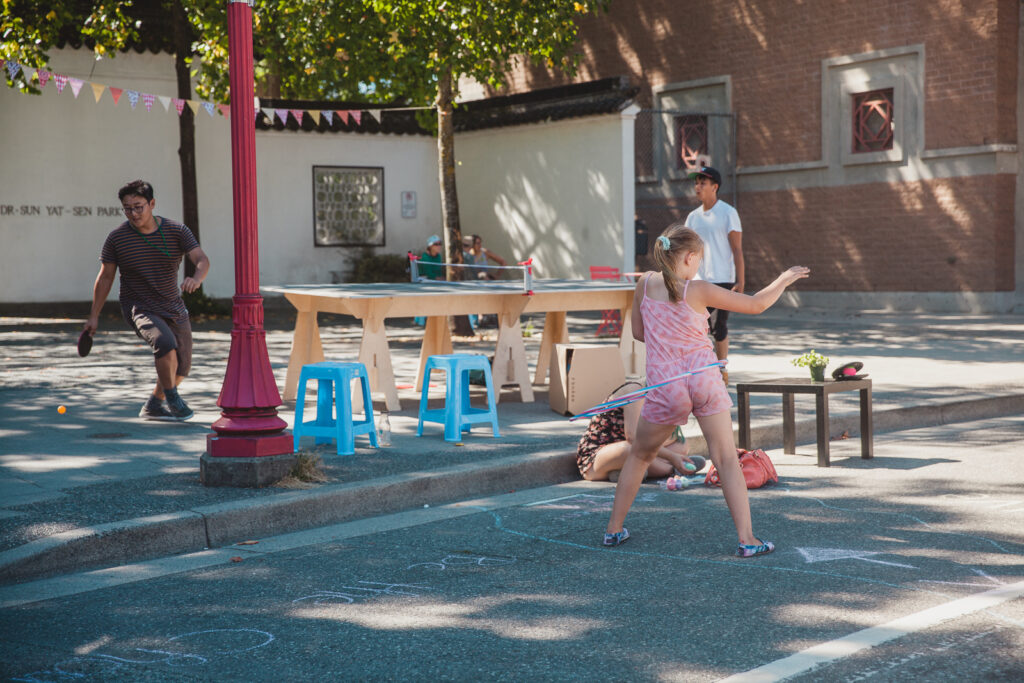
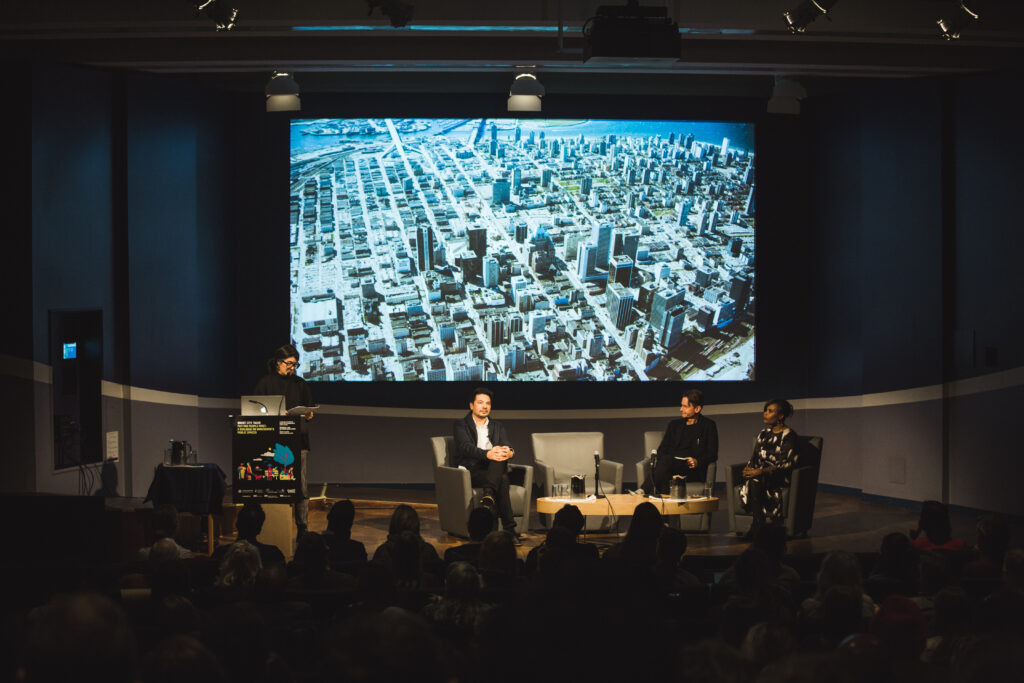
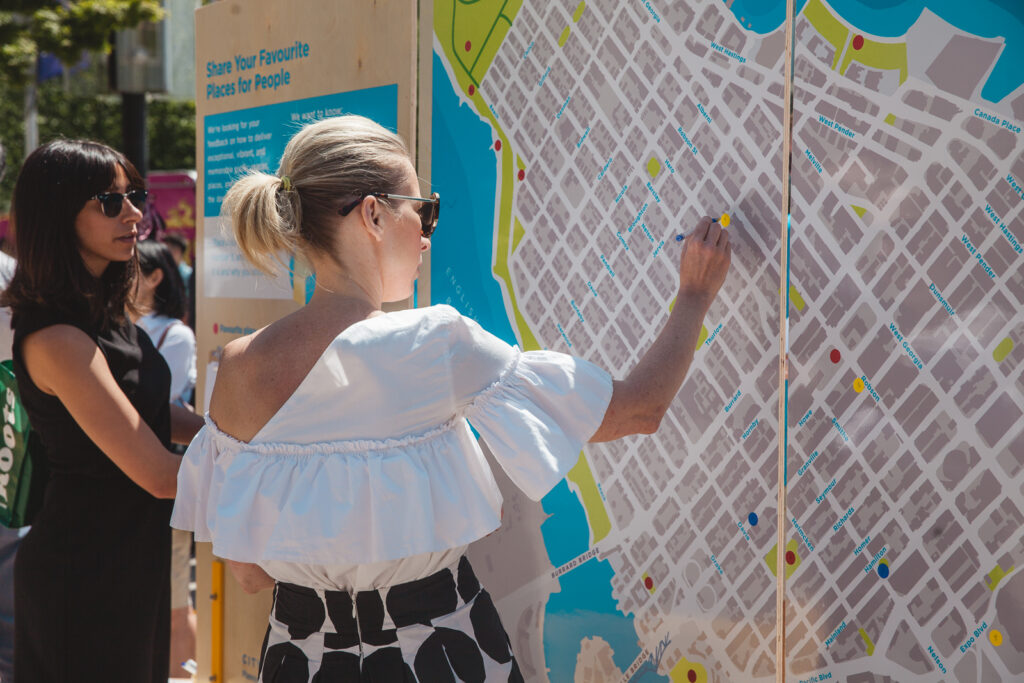
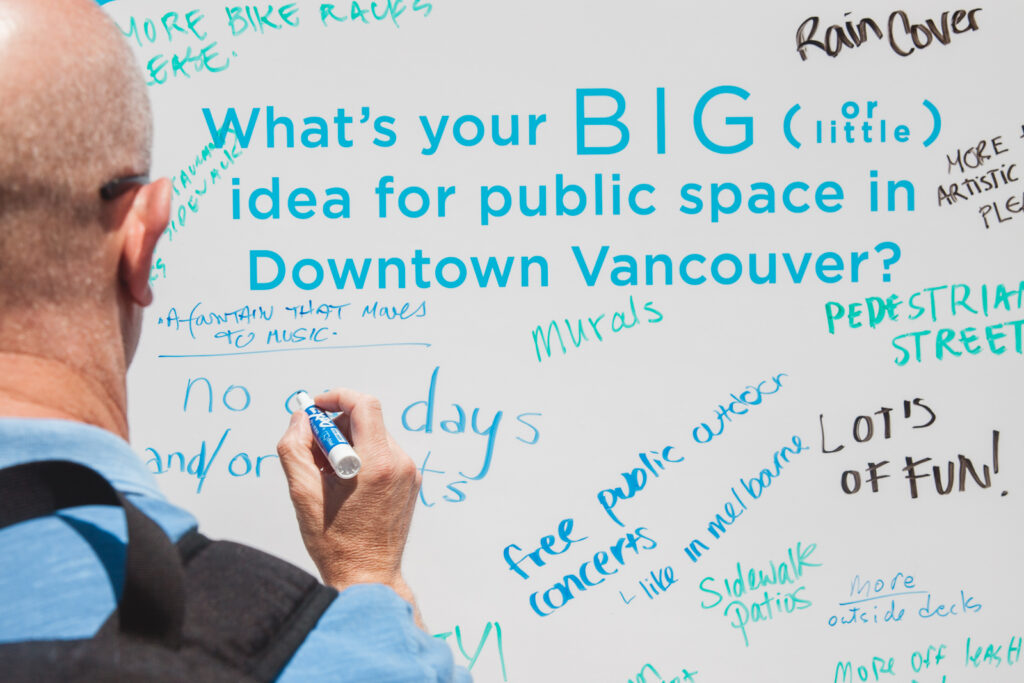
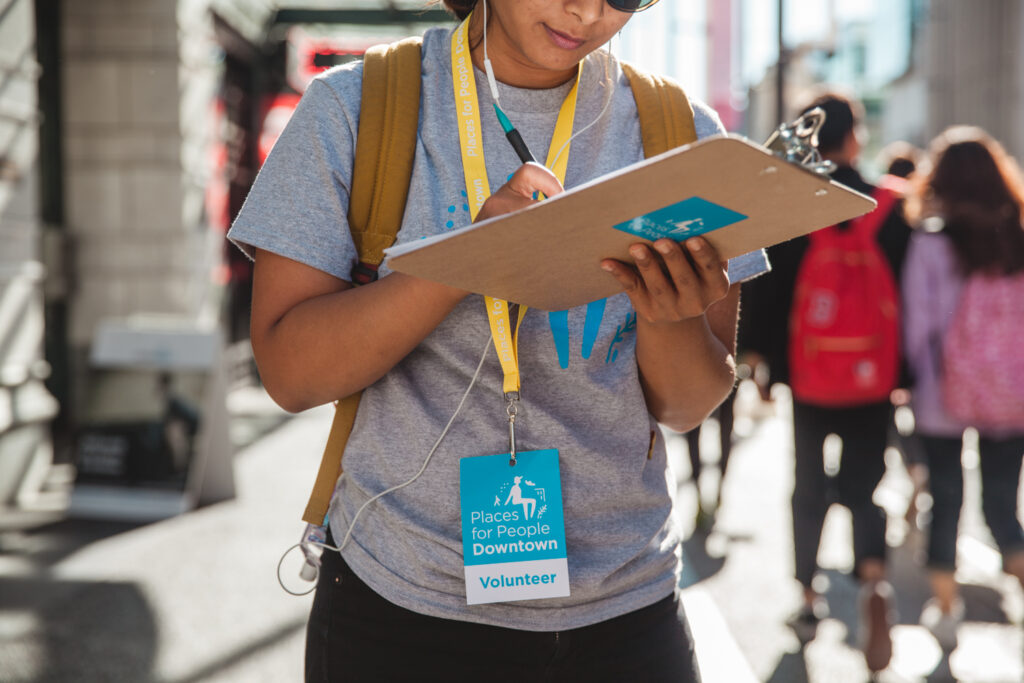
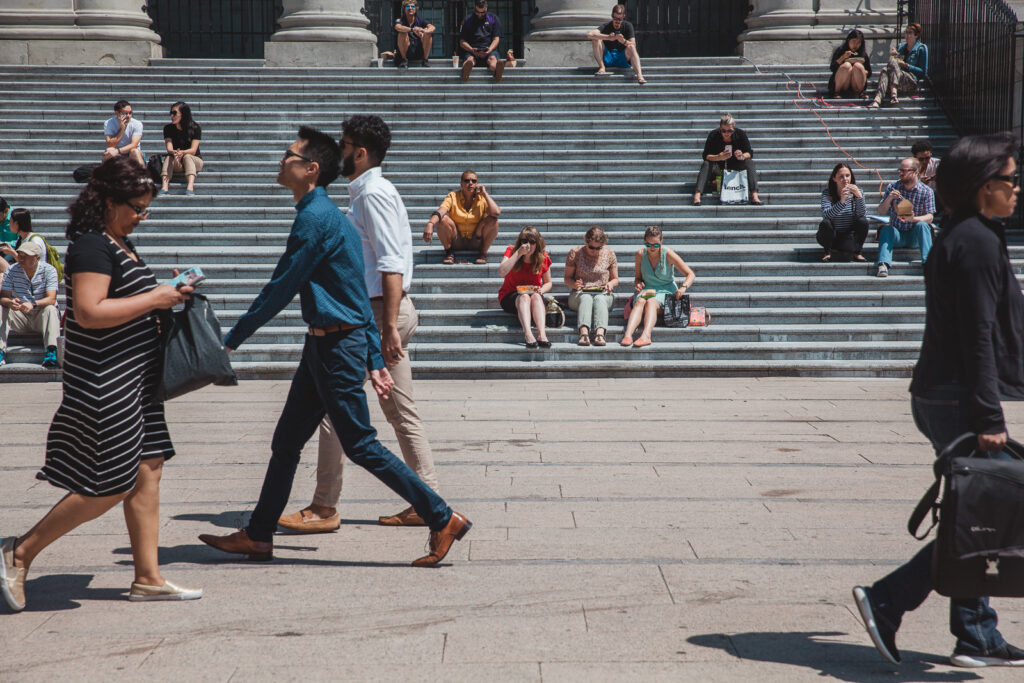
ABOUT THE INITIATIVE
Places for People – Downtown Vancouver
Q. What challenge(s) related to wellbeing does your initiative or strategy seek to address?
A. Our Strategy addresses a number of challenges and City objectives related to wellbeing including:
• Reconciliation: Working towards reconciliation and strengthening relationships with the xʷməθkʷəy̓ əm (Musqueam), Sḵwx̱wú7mesh (Squamish), and səlilwətaɬ (Tsleil-Waututh) Nations.
• Equity and Accessibility: Seeking opportunities to empower communities and encourage people to become active participants in public life, while reducing barriers to public space, including the most vulnerable groups and individuals.
• Affordability and Livability: Providing a high quality of life in a more compact setting, where more residents live in smaller spaces – and sometimes in precarious or insufficient housing.
• Local Economy: Supporting a vibrant, resilient economy by balancing the needs of shopping streets, patios, and popular tourist destinations, as well as providing low-barrier commercial opportunities, such as food, buskers and subsistence vendors.
• Climate Action, Resiliency and Nature: Providing equal access to quality outdoor space for all and leveraging the public realm in our response to climate change.
The Places for People program is a made-in-Vancouver approach to public space and public life planning that puts people at the forefront. At its foundation, this transformative approach centres on an understanding of equity and public space use, and involves direct community participation to inform decision-making and investments.
As the first Places for People project, the Downtown Public Space Strategy demonstrates how this approach helps address challenges in our city concerning climate, affordability, equity, reconciliation, the overdose crisis and the ongoing COVID-19 pandemic. The Strategy establishes a 30-year vision for a complete public space and public life network that promotes the downtown as a place for all people to enjoy and participate. Further, it provides the necessary tools and implementation framework that empowers the City of Vancouver and its citizens to take action now and for years to come.
Q. How does the initiative respond to the challenge(s) identified?
A. Places for People – Downtown Vancouver aims to:
• Empower communities by engaging people and community organizations to become active participants and stewards for public spaces and reducing barriers to participation, to enable more community-generated public space initiatives.
• Promote year-round outdoor activity through design and programming for a variety of weather conditions, including rain-friendly public spaces, programming and activities that embrace the rain.
• Provide access to the local economy and expand opportunities for local businesses to use covered outdoor markets, vendor stalls and kiosks throughout the year.
• Build partnerships and foster community stewardship, for example by developing and implementing a Plaza Stewardship Strategy to protect and sustain public space assets and partnering with local businesses, non-profit organizations and community groups to support the stewardship of public spaces.
Q. How did you consider equity & accessibility when designing your initiative? What public-facing participatory tools and approaches have you or do you plan to use throughout the planning, design, and implementation of the initiative?
A. The Downtown Public Space Strategy is the product of the thousands of residents, employees and visitors who provided invaluable insights and ideas about their city at open houses, workshops, walking tours, speaking events, online surveys and through the Public Life Study.
When designing the engagement process, the team considered the socioeconomic, cultural, physical and psychological accessibility needs of the public, to engage with the relevant communities. A number of targeted activities and tools were employed to engage with under-represented groups to understand their preferred uses and needs of the public realm, including considerations on equity, social justice, and systemic exclusion.
The process highlighted the need to expand outreach and engagement in future initiatives to ensure more inclusive and equitable responses and participation. This has been documented extensively in the Strategy, with specific recommendations and guidance for future initiatives, such as planning and designing public spaces through an intersectional lens that reflects dialog between gender, ethnicity, culture, class, and age.
Q. How do you or will you ensure your initiative’s long-term, sustained impact? In the context of the COVID-19 crisis, how did you or do you plan to adapt your initiative?
A. While this policy was developed prior to the COVID-19 pandemic, Places for People and the Downtown Public Space Strategy take on new relevance and urgency in these periods of crisis and recovery.
The COVID-19 pandemic has amplified the importance of public space in our communities and to the function of our city, including the intrinsic links to economic development, civic engagement, community resiliency, and the health and well-being of all residents.
While many Vancouverites have been largely confined to their homes – where many do not have access to a backyard or private green spaces – City staff and community leaders are supporting residents to maintain their strong sense of community and social ties, and to spend time outdoors with safe physical distancing. The City’s response efforts have prioritized interventions that enable access to essential services and support the most vulnerable members of society.
Through the ongoing recovery phase, it will be critical for the City to remain active in the planning, design, and creative repurposing of public space, working across departments and with public health professionals, to rebuild a healthy community, strong social connections, and a vibrant local economy and public life.